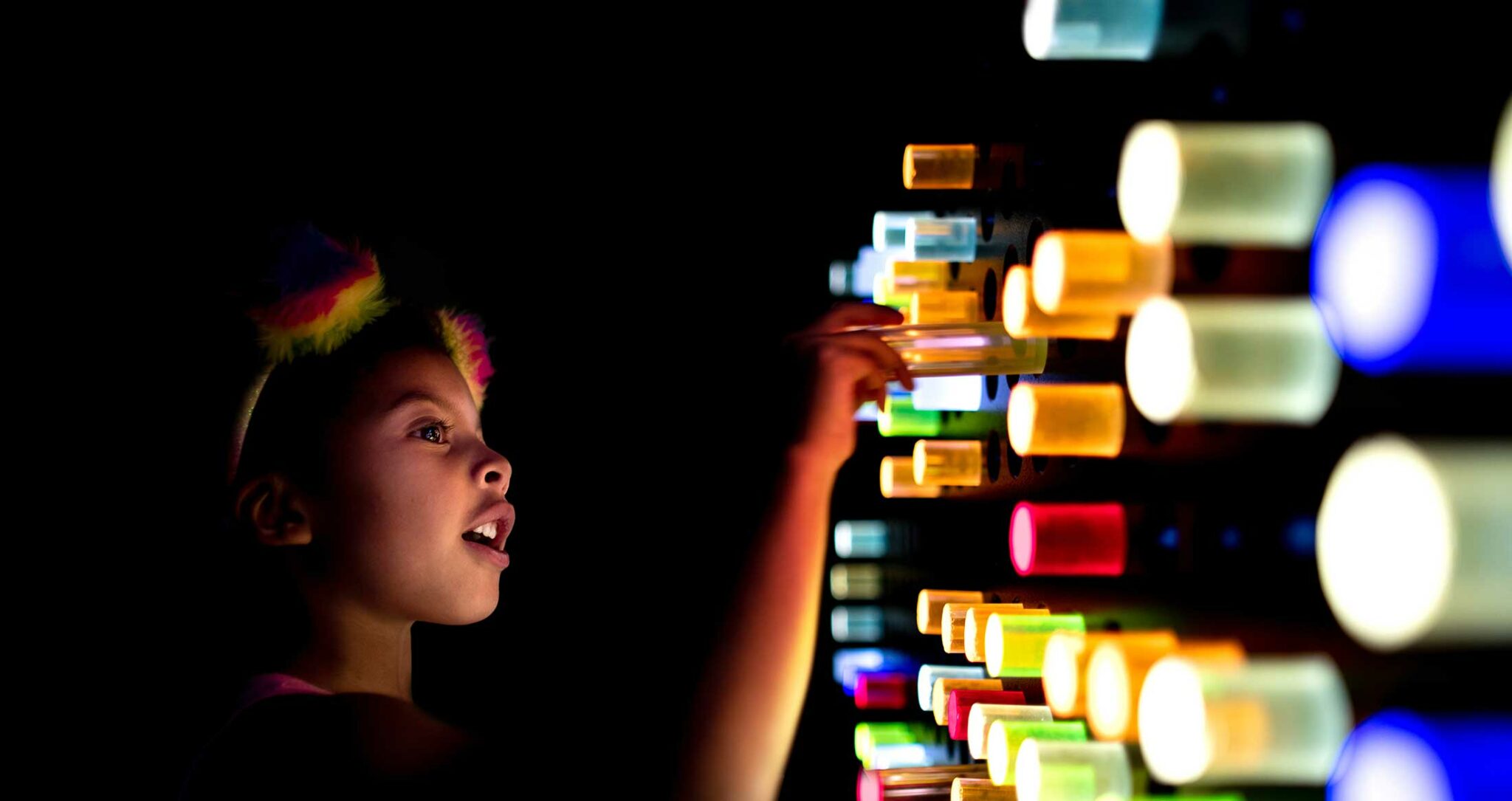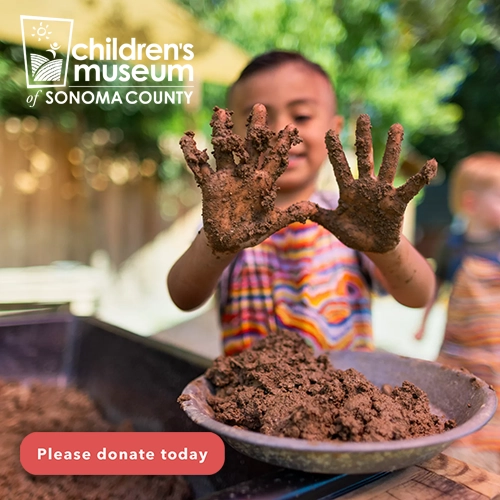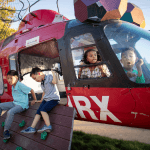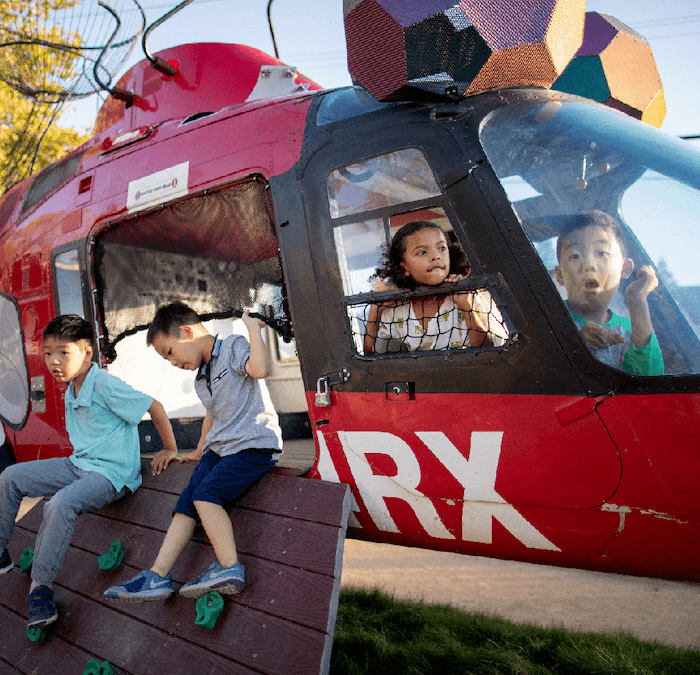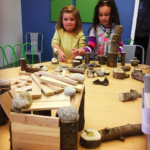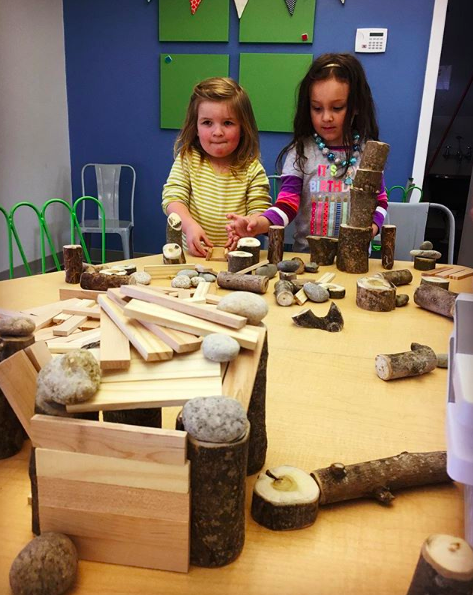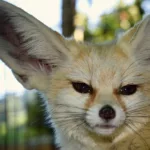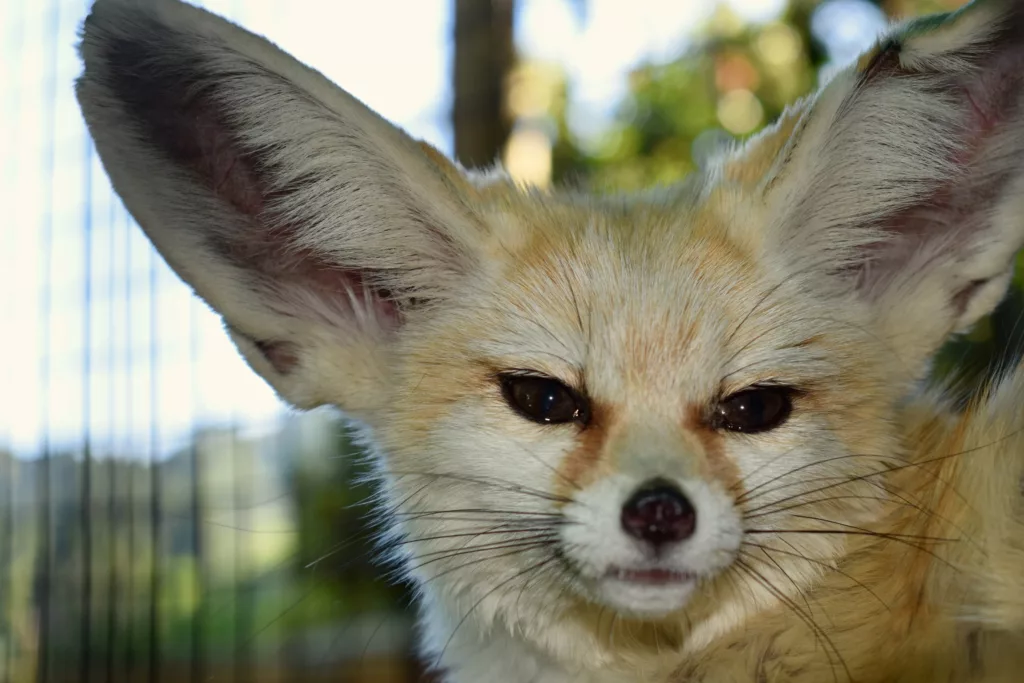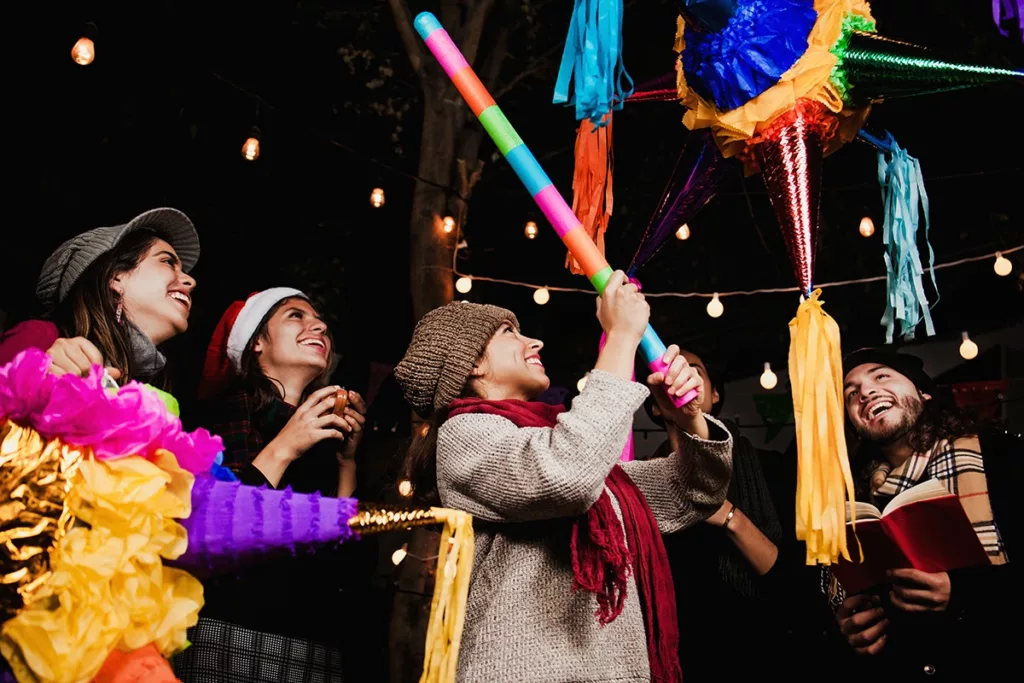
In this blog, we invite you to join us as we explore some fun facts about winter celebrations from around the world! Learning about different winter holidays offers a perfect opportunity to introduce young minds to the concept of diversity and inclusivity. It can not only broaden their perspective but also foster empathy and respect for others.
Skip Ahead:
- Las Posadas Christmas Traditions from Mexico
- Hanukkah: Festival of Lights
- Soyal Ceremony: A Sacred Hopi Winter Solstice Celebration
- Hogmanay New Year’s Celebrations in Scotland
- Makar Sankranti in India
Donate to the Children’s Museum of Sonoma County
As we approach the end of the year, we invite you to join us in making a difference by donating to our annual fundraising efforts. Your support helps create lasting memories, inspire curiosity, and promote a sense of belonging for all.
Winter Holiday Traditions Around the World
Winter is a magical time of year filled with festive cheer, merriment, and joy. It’s a time when communities come together to celebrate diverse winter traditions; many of which have been passed down from generation to generation for thousands of years.
While each tradition carries a unique history and significance, one thing all these celebrations have in common is the joy they bring to families worldwide. So, gather your little explorers, and let’s embark on a festive journey filled with heartwarming traditions that make the winter season truly extraordinary.
Las Posadas Christmas Traditions from Mexico
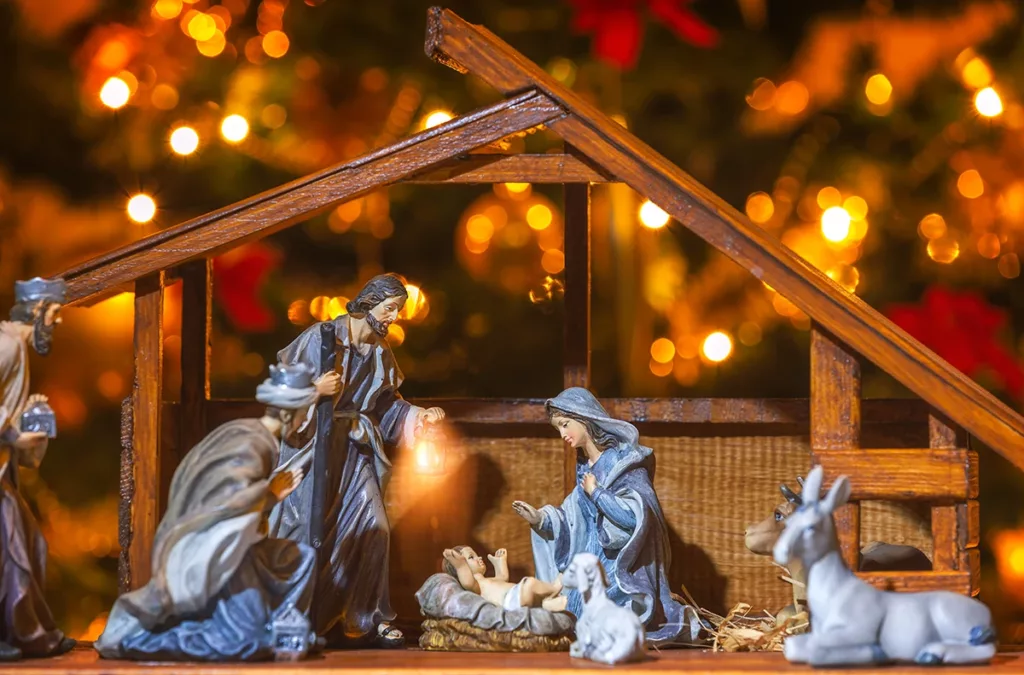
Las Posadas is a winter tradition from Mexico that commemorates the journey Mary and Joseph took from Nazareth to Bethlehem. Spanning the nine days leading up to Christmas, this celebration combines religious aspects with festive processions, music, and joyful gatherings. Families and communities come together to recreate the journey of the Holy Family, symbolizing themes of hospitality, perseverance, and the birth of Jesus Christ.
Las Posadas Fact for Kids
Duration: Las Posadas lasts for nine nights between December 16th to December 24th, representing the nine months the Virgin Mary was pregnant with baby Jesus.
Origin: The tradition is believed to have been introduced by Spanish missionaries in 1586 as a way to teach the story of the Nativity to the indigenous people of Mexico.
Regional Variations: While the core elements remain consistent, many Las Posadas traditions have regional variations throughout Mexico, the U.S., and Latin America. Different communities may incorporate unique customs, songs, or foods into their festivities, adding beautiful diversity to the celebration.
The Inns: The Spanish to English translation of Las Posadas is “The Inns”. Each night a different family’s home is appointed as the “inn” that will host the procession for the evening.
Villancicos: Participants often sing traditional Christmas carols known as “villancicos” which commonly narrate the story of Mary and Joseph’s journey.
Piñatas: Festive piñatas filled with candy and shaped like seven-pointed stars are customarily broken open on the last night of Las Posadas (Dec. 24th, Christmas Eve). Traditionally, each point of the star represents one of the seven deadly sins. Participants take turns trying to break the piñata, symbolizing the triumph of good over evil.
Hanukkah: Festival of Lights
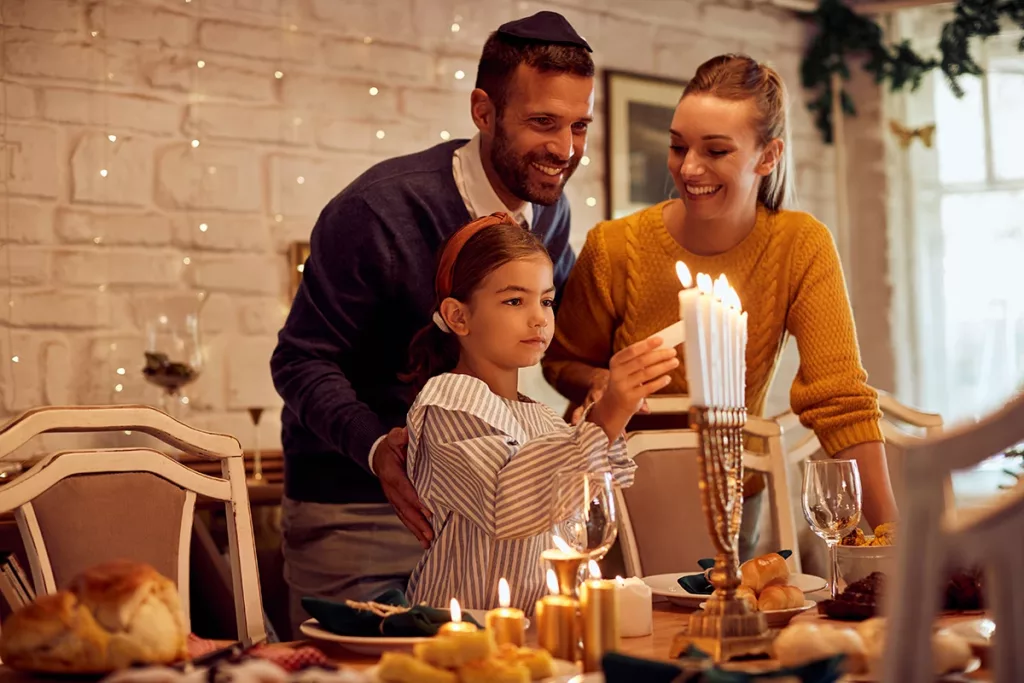
Hanukkah, often called the Festival of Lights, is a special winter celebration for Jewish communities all over the world. This eight-night celebration is marked by various traditions, symbols, and festive foods. From the lighting of the menorah to reciting Hebrew prayers, Hanukkah is a time for families and friends to come together and celebrate their heritage.
Hanukkah Facts for Kids
Duration: Hanukkah lasts for eight days and nights and usually occurs in December.
The Hebrew Calendar: All Jewish holidays, including Hanukkah, follow the Hebrew calendar, which is based on lunar and solar cycles. So, while Hanukkah changes dates each year on the Gregorian calendar, which only follows the solar cycle, on the Hebrew calendar it begins on the 25th day of Kislev every year.
Origin: Hanukkah is a Jewish holiday that commemorates the reclaiming of a sacred Temple in the city of Jerusalem in 164 BCE and the miracle that occurred that day.
The Hanukkah Miracle of the Oil: One of the central stories of Hanukkah is the miracle of the oil. According to tradition, when the Jewish people reclaimed the sacred Temple, they only had enough oil to relight the temple’s lamps for one night, but miraculously, the oil burned for eight nights.
Menorah: A Hanukkah menorah has nine candles. The central candle is called the “shamash,” which is used to light one candle every night during Hanukkah, symbolizing the miracle of the eight nights the oil burned in the Temple.
Soyal Ceremony: A Sacred Hopi Winter Solstice Celebration
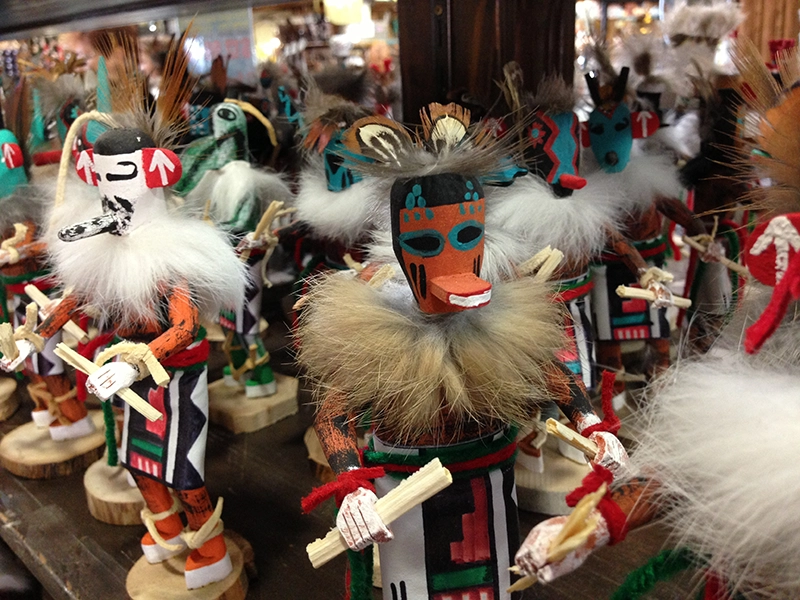
The annual Soyal Ceremony is a sacred tradition observed by the Hopi people indigenous to the southwestern United States. This celebration marks the arrival of the winter solstice, symbolizing the rebirth of the sun and the beginning of a new cycle of life.
Soyal Facts for Kids
Duration: The Soyal Ceremony is held annually on the shortest day and longest night of the year, December 21st (winter solstice).
Origin: For thousands of years, the Hopi people have celebrated the return of longer days, shorter nights, and warmer temperatures with the Soyal Ceremony. This sacred tradition represents the second most significant ceremonial event for the Hopi people handed down from generation to generation for centuries.
Welcoming the Katsinam: During Soyal, ceremonial dances and activities are performed to welcome back the Katsinam spirits. These spirits are believed to protect and guide the Hopi people, sending their prayers for health and bountiful harvests into the spirit world on their behalf.
Pahos: Leading up to the ceremony, participants will make pahos, which are sacred prayer sticks adorned with beautiful feathers and pine needles. They are used to spread blessings for the well-being of the community.
Respecting Sacred Traditions: Hopi ceremonies, including Soyal, hold profound spiritual and cultural significance. An important part of respecting these traditions is acknowledging their sacred nature and understanding that certain aspects are never meant to be shared or replicated outside of the Hopi community.
Hogmanay New Year’s Celebrations in Scotland
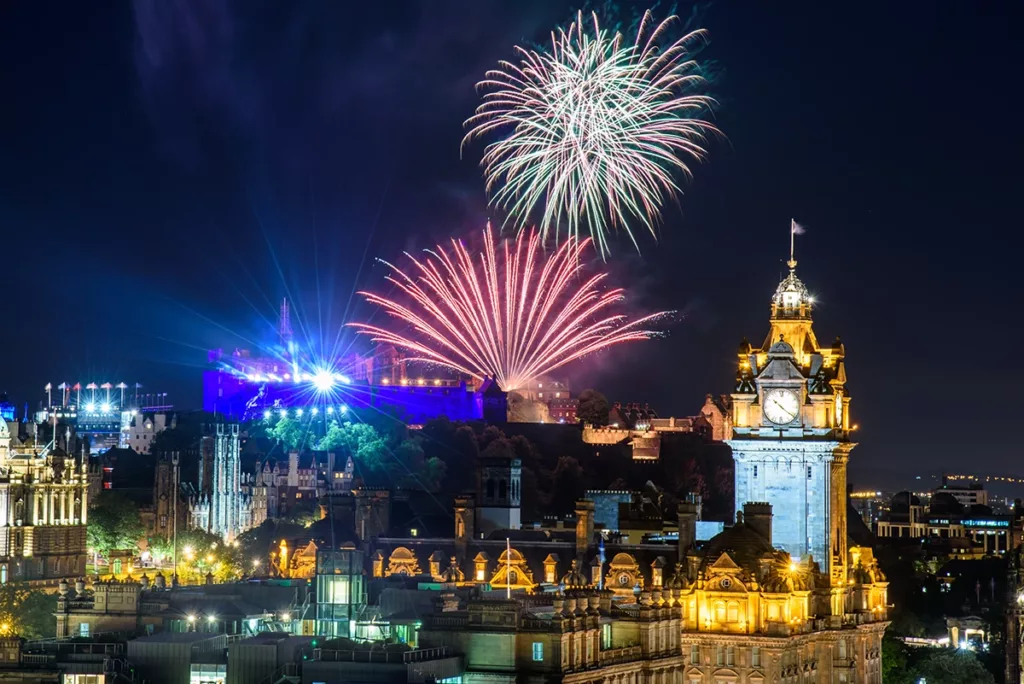
Hogmanay is a festive Scottish New Year’s celebration rooted in a mix of Norse and Gaelic traditions. The Scottish word ‘Hogmanay’ refers to the last day of the year and is associated with all the traditions and customs that come with celebrating New Year’s Eve in Scotland.
Hogmanay Facts for Kids
Duration: Hogmanay is celebrated annually on December 31st (New Year’s Eve) and continues into January 1st (New Year’s Day).
Origin: The origins of Hogmanay are unclear, but many believe the celebrations are influenced by ancient Norse and Gaelic observances of the winter solstice.
Fire Festivals: Many Scottish cities host spectacular fire festivals as part of their Hogmanay celebrations. The Torchlight Procession and the spectacular fireworks display over Edinburgh Castle located in the Capital of Scotland attract visitors from around the world every year.
Traditional Foods: Hogmanay is celebrated with a variety of traditional foods, including haggis (a meat dish), neeps and tatties (turnips and potatoes), black bun (a rich fruit cake), and more.
Auld Lang Syne Tradition: The singing of “Auld Lang Syne” at the stroke of midnight is a globally recognized New Year’s tradition, that originated in Scotland during Hogmanay. The song, written by Scottish poet Robert Burns, reflects on the passage of time and the importance of preserving old friendships.
First-Footing: First footing is a traditional Hogmanay practice where the first person to enter a home after midnight on New Year’s Eve brings gifts like whisky, shortbread, or coins. These gifts are meant to symbolize good fortune for the household in the coming year.
Makar Sankranti in India
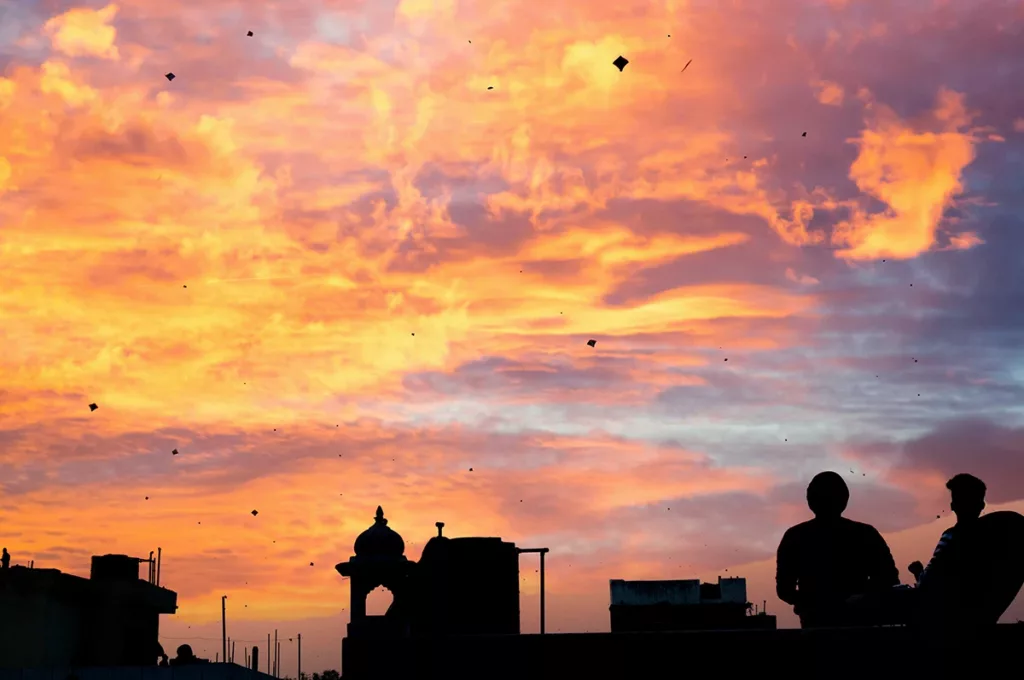
Makar Sankranti is a Hindu festival primarily celebrated in India and various other parts of South Asia. It marks the transition of the sun into the zodiac sign of Capricorn (Makara) and signifies the end of winter.
Makar Sankranti Facts for Kids
Duration: The Makar Sankranti festival is held on January 14th each year. It is one of the only Hindu festivals that is observed according to the solar calendar, meaning it is celebrated on the same date every year.
Origin: Makar Sankranti celebrations can be traced back thousands of years. According to Hindu mythology, this is the day when the Sun God (Surya) begins his journey back to the northern hemisphere. Historically, this was associated with the arrival of longer days, warmer weather, and the beginning of the harvest season.
Regional Variations: The festival goes by various names in different regions of India,
including: Makar Sankranti, Pongal, Magh Bihu, Uttarayan, Sankranti, Lohri, and more.
Kite Flying: One of the most popular customs associated with Makar Sankranti is kite flying. In many parts of India, people fly kites to celebrate the sun’s return and the start of the new season.
Explore More Winter Holiday Traditions in Our PLAYology Playbook Blog
Teaching children about different holiday traditions can foster cultural awareness, promoting an understanding and appreciation for history, geography, and diversity. It can also encourage them to reflect on their own cultural identity and deepen their appreciation for their unique heritage. All of which nurtures open-mindedness, empathy, and respect, laying the foundation for a kinder and more compassionate world outlook.
In the spirit of continued exploration, we invite you to visit our blog for additional resources on other global holidays, traditions, recipes, and more!
Join Us in Making a Difference this Holiday Season
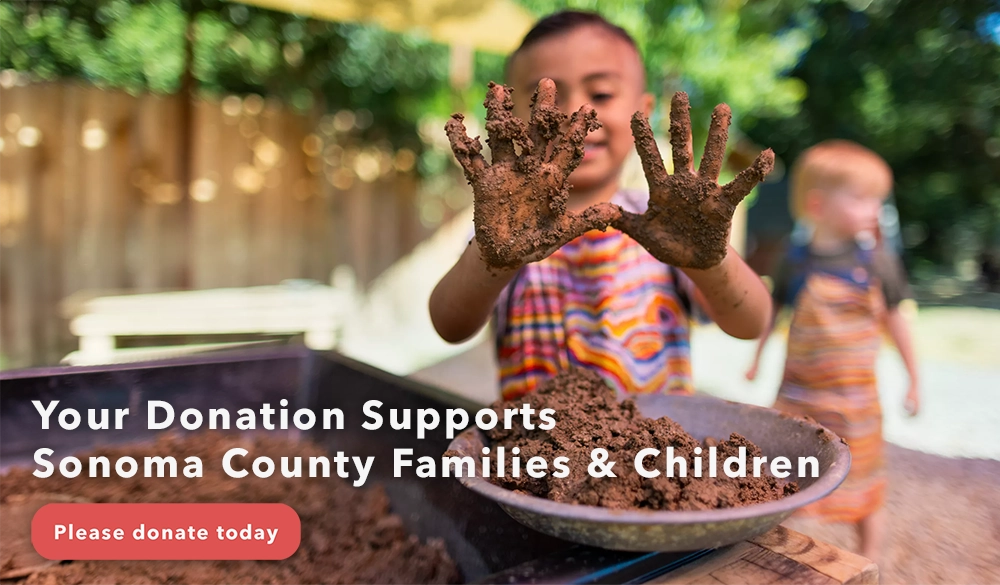
At the Children’s Museum of Sonoma County, we are dedicated to providing a safe and accessible space for children of all ages, abilities, and backgrounds. As we approach the end of the year, we invite you to join us in making a difference by donating to our annual fundraising efforts.
Every donation, big and small, helps us continue to serve as a valuable resource for Sonoma County families, ensuring access to the enriching learning opportunities at the Children’s Museum. Your support helps create lasting memories, inspire curiosity, and promote a sense of belonging for all.
